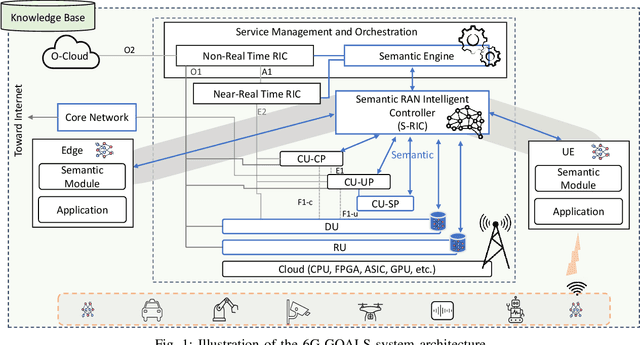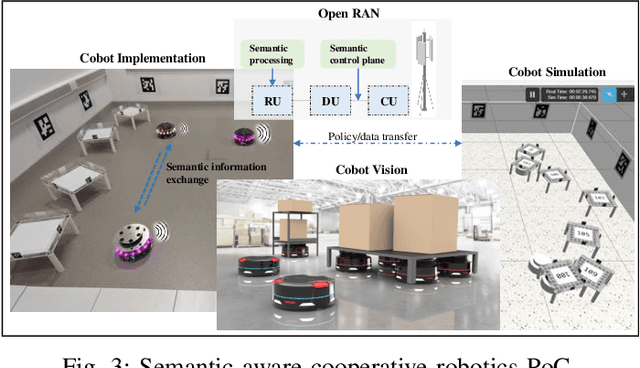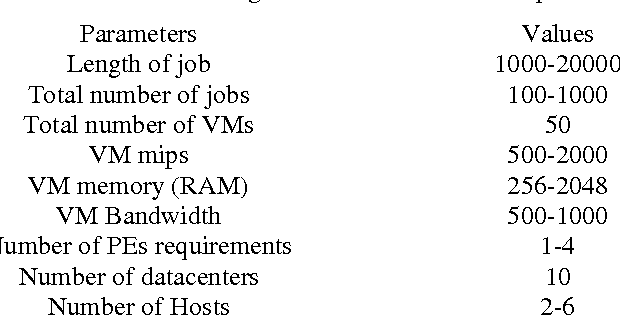Nicola Cordeschi
Goal-Oriented and Semantic Communication in 6G AI-Native Networks: The 6G-GOALS Approach
Feb 12, 2024


Abstract:Recent advances in AI technologies have notably expanded device intelligence, fostering federation and cooperation among distributed AI agents. These advancements impose new requirements on future 6G mobile network architectures. To meet these demands, it is essential to transcend classical boundaries and integrate communication, computation, control, and intelligence. This paper presents the 6G-GOALS approach to goal-oriented and semantic communications for AI-Native 6G Networks. The proposed approach incorporates semantic, pragmatic, and goal-oriented communication into AI-native technologies, aiming to facilitate information exchange between intelligent agents in a more relevant, effective, and timely manner, thereby optimizing bandwidth, latency, energy, and electromagnetic field (EMF) radiation. The focus is on distilling data to its most relevant form and terse representation, aligning with the source's intent or the destination's objectives and context, or serving a specific goal. 6G-GOALS builds on three fundamental pillars: i) AI-enhanced semantic data representation, sensing, compression, and communication, ii) foundational AI reasoning and causal semantic data representation, contextual relevance, and value for goal-oriented effectiveness, and iii) sustainability enabled by more efficient wireless services. Finally, we illustrate two proof-of-concepts implementing semantic, goal-oriented, and pragmatic communication principles in near-future use cases. Our study covers the project's vision, methodologies, and potential impact.
Hybrid Genetic Algorithm for Cloud Computing Applications
Apr 22, 2014



Abstract:In this paper with the aid of genetic algorithm and fuzzy theory, we present a hybrid job scheduling approach, which considers the load balancing of the system and reduces total execution time and execution cost. We try to modify the standard Genetic algorithm and to reduce the iteration of creating population with the aid of fuzzy theory. The main goal of this research is to assign the jobs to the resources with considering the VM MIPS and length of jobs. The new algorithm assigns the jobs to the resources with considering the job length and resources capacities. We evaluate the performance of our approach with some famous cloud scheduling models. The results of the experiments show the efficiency of the proposed approach in term of execution time, execution cost and average Degree of Imbalance (DI).
 Add to Chrome
Add to Chrome Add to Firefox
Add to Firefox Add to Edge
Add to Edge